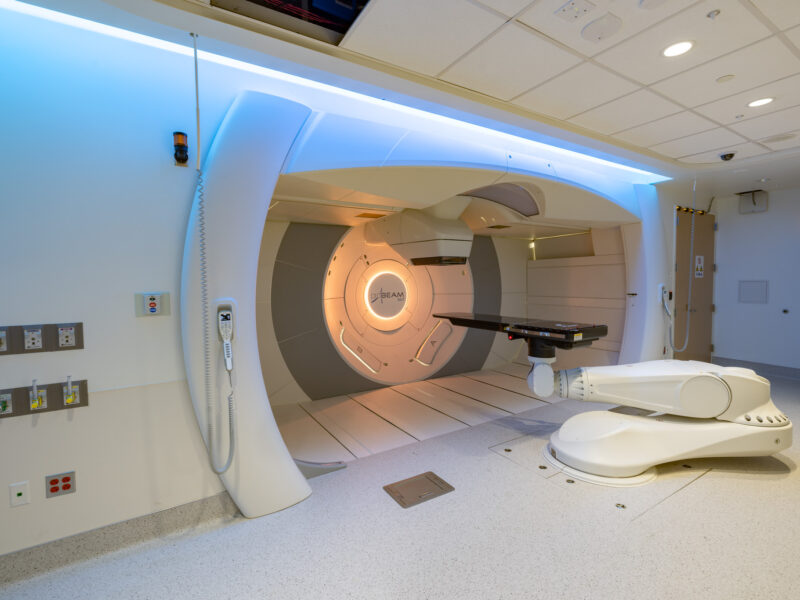Two Classes of GGAA-Microsatellites in a Ewing Sarcoma Context
Two Classes of GGAA-Microsatellites in a Ewing Sarcoma Context https://pediatricsnationwide.org/wp-content/themes/corpus/images/empty/thumbnail.jpg 150 150 Abbie Miller Abbie Miller https://pediatricsnationwide.org/wp-content/uploads/2023/05/051023BT016-Abbie-Crop.jpg- November 02, 2017
- Abbie Miller
Characterization of GGAA-microsatellites provides insight in the role of noncoding DNA in cancer susceptibility and therapeutic development.
In a study published in PLOS ONE, researchers describe two types of GGAA-microsatellites and their roles in EWS/FLI binding and gene regulation in Ewing sarcoma. Ewing sarcoma is the second most common pediatric bone malignancy. It is initiated by chromosomal translocation t(11;22)(q24;q12), which creates the fusion protein and oncogenic driver EWS/FLI.
“The work to understand the subtleties of how the EWS/FLI and GGAA-microsatellites interact to drive oncogenesis is foundational to our ability to develop new therapeutics against transcription factor-driven cancers,” says Stephen Lessnick, MD, PhD, director of the Center for Childhood Cancer and Blood Diseases at Nationwide Children’s and senior author of the publication. “Here, we sought to define GGAA-microsatellites in a Ewing sarcoma context and understand their role across the genome.”
In their work, Dr. Lessnick and his team used bioinformatics analysis of experimental data in an unbiased genome-wide approach. Then, they computationally linked bound microsatellites to adjacent EWS/FLI regulated genes. That data revealed two distinct types of GGAA-microsatellites: “promoter-like” (close-range) and “enhancer-like” (long-range).
According to the study, EWS/FLI binding and gene activation at promoter-like microsatellites is highly dependent on the length of GGAA motifs.
At long range, enhancer-like microsatellites demonstrate length-dependent EWS/FLI binding, but the researchers found minimal correlation for activation and none for repressed targets. Here, the number of GGAA-motifs positively correlates with EWS/FLI binding, but not with gene expression.
Further investigation into how EWS/FLI associates with GGAA-microsatellites to drive transcription was the subject of a recent study published in Proceedings of the National Academy of Sciences. Both studies highlight the importance of microsatellite length in oncogenic function.
“Microsatellite length and location appears to be essential for EWS/FLI to activate the oncogenic gene targets,” says Dr. Lessnick. “Our results have revealed and characterized two classes of GGAA-microsatellites that suggest unique interactions and distinct regulatory mechanisms for distance-dependent activation and repressions. This characterization contributes insight into EWS/FLI transcription factor biology and clarifies the role of GGAA-microsatellites on a global genomic scale.”
About the author
Abbie (Roth) Miller, MWC, is a passionate communicator of science. As the manager, medical and science content, at Nationwide Children’s Hospital, she shares stories about innovative research and discovery with audiences ranging from parents to preeminent researchers and leaders. Before coming to Nationwide Children’s, Abbie used her communication skills to engage audiences with a wide variety of science topics. She is a Medical Writer Certified®, credentialed by the American Medical Writers Association.
-
Abbie Millerhttps://pediatricsnationwide.org/author/abbie-miller/
-
Abbie Millerhttps://pediatricsnationwide.org/author/abbie-miller/
-
Abbie Millerhttps://pediatricsnationwide.org/author/abbie-miller/
-
Abbie Millerhttps://pediatricsnationwide.org/author/abbie-miller/
- Posted In:
- In Brief







